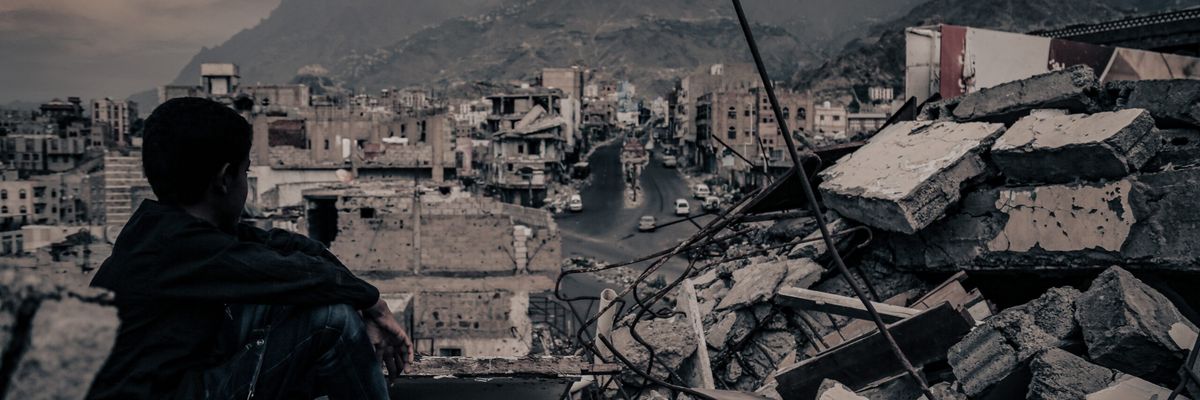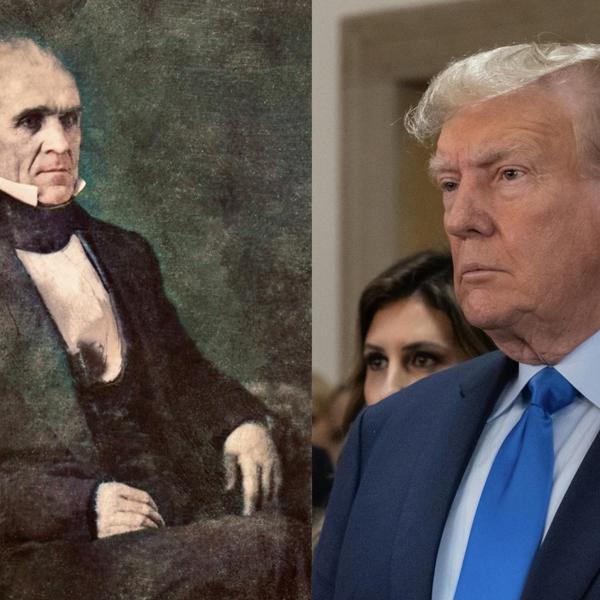On June 2, the U.S. Department of Defense released its 2020 report on civilian casualties. Several things stood out: the overall tally of 23 civilians killed and 11 injured in all U.S. military operations worldwide was startlingly low compared to that of credible independent monitoring groups and human rights investigators.
But the most important lessons of the report won’t be found in its pages. The Department of Defense’s significant undercounting of civilian harm once again indicates what an uphill battle it can be to get meaningful investigations when civilians are killed, injured, and otherwise harmed by U.S. military operations abroad, and how nearly impossible it is to get any form of acknowledgment — let alone accountability, reparations or amends.
Take Yemen as an example. The DOD report includes a brief section on the country, noting “11 new reports” of civilian casualties in Yemen. Our organizations, Mwatana for Human Rights and the Columbia Law School Human Rights Clinic, provided these 11 reports, as well as an additional report which we submitted in 2019. These submissions included over 150 pages of meticulously gathered information, documents, and photographs on 12 U.S. military operations in Yemen. The submissions documented 38 civilians killed in U.S. military operations, as well as seven injured. Five of the injured were children less than ten years old.
Our submissions also detailed other types of deep and long-lasting civilian harm caused by U.S. military operations in Yemen, including significant economic harms to families — for example through the loss of a family’s breadwinner — or the destruction of a vehicle an entire family living in a rural area relied on to transport themselves, food, and water.
In our submissions, we asked for investigations, acknowledgement of and apology for civilian harm, compensation or condolence payments, and accountability.
Mwatana researchers gathered this information with great difficulty and risk to their personal safety over a nearly four-year period. They visited villages where ground raids had occurred, and sites of air or drone strikes. They interviewed family members, witnesses, and survivors of these attacks — and conducted follow-up interviews to add more details. They collected documents that helped establish peoples’ civilian status, as well as medical records showing the extent of their injuries. They made extraordinary efforts to provide the clearest picture of what happened in these incidents, and who was impacted.
Columbia and Mwatana also spent significant time trying to understand what information to provide the U.S. military, and how best to route that information to the correct representatives. We grappled with how both to protect the safety and the wishes of those we spoke to in Yemen, while also presenting a record persuasive enough to convince the U.S. military that, in the dozen incidents we investigated in which the U.S. military claimed to have targeted terrorists, most of the people actually killed and wounded by these U.S. operations were civilians. At the time we submitted our reports, we had no idea when — or if — we would get a response, and if we did, what a response might include. We had no real way of telling families when to expect updates, or what they might expect.
U.S. Central Command, which is responsible for military operations in the Middle East, including Yemen, and parts of Asia, responded to our letters after many months. Their responses continued to deny the vast majority of civilian harm that Mwatana (and in some cases, other independent human rights investigators, monitoring groups, and journalists) had documented.
Central Command acknowledged one new civilian death caused by a 2019 drone strike in Yemen. The U.S. military did not name the civilian. Mwatana found that the 2019 strike killed Saleh Al Qaisi, a 67-year-old man who worked as a house painter in Saudi Arabia. His earnings helped support his family. He left behind a wife and six adult children. After his death, the community organized a protest.
At the time he was killed, Saleh was driving alone, returning from lunch at a relative’s house. In its response, the U.S. military claimed that “if a precision strike occurs against a vehicle on an empty road…it is highly unlikely to be an accident.” But Saleh, who was driving alone, does appear to have been killed in error. In the Defense Department’s 2019 report, the year in which the U.S. drone strike killed Saleh, the Pentagon claimed, in error, to have killed no civilians in Yemen, and said the same in 2018. Neither year was it true.
After research spanning four years, as well as three official letters, follow up correspondence, and a detailed public report, Mwatana’s investigations and our joint advocacy resulted in a single new, and much belated, civilian casualty admission.
Even in this rare case of acknowledgment, the U.S. military’s response was woefully inadequate. To date, no official U.S. government representative has reached out to Saleh’s family. Saleh’s death had a significant economic impact on his family, but the letter from the U.S. military noted: “the command determined that condolence payments were not appropriate.” It included no apology for the civilian life taken. It fell to Mwatana to relay to the family that, while the U.S. military had at long last acknowledged they’d killed a civilian, they continued to refuse to provide any form of amends.
The Mwatana team working on these cases for years was deeply disappointed by CENTCOM’s response. Out of more than 150 pages of evidence painstakingly collected in Yemen, what distinguished one case from the rest? What about all the other people Mwatana’s investigations found to be civilians, who were killed, injured, or otherwise harmed? What about the six women who Mwatana found were killed in their homes, or while running from them? What about the children, several under ten years old, who were harmed, or the men who community members insisted had nothing to do with AQAP but were taken from their communities by U.S. operations claiming to target only al-Qaida targets? After two years of seeking answers, we were left with more questions.
Independent monitoring groups and human rights investigators can only cover some of the incidents of civilian harm resulting from U.S. military operations. In many cases in which civilians are killed, injured, or otherwise harmed, their relatives may never encounter an NGO seeking to establish what happened to them. Where we can, we gather information that the military either cannot, or chooses not, to access, including through witness interviews and site visits. It takes time and significant effort for us to investigate and collect this information.
For a civilian in rural Yemen who has lost a loved one because of a U.S. military operation, it is nearly impossible to seek accountability and amends, at least without significant and sustained support. And, as our efforts show, even where harm is credibly and painstakingly reported, the U.S. military might continue to deny civilian harm, or acknowledge a tiny fraction of it while refusing to provide even minimal amends.
The U.S. military needs to understand the true civilian toll of its operations, and to transparently account for them. The American public needs to understand the harm its military is causing in their name. And, 20 years after these lethal operations began, Yemenis deserve truth, reparation, and justice.
















